Woodland plants and trees
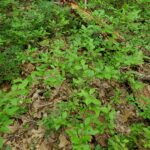 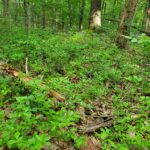 |
Vaccinium angustifolium — Low Bush Blueberry
- Common shade tolerant shrub.
- Fire-tolerant and easy colonizer plant.
- bloom time: May-June
- Harvest: August- September
- Alpine or subalpine zones, cliffs, ledges or woodlands
|
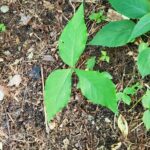 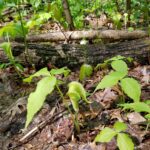 |
Arisaema triphyllum — Jack-in-the-pulpit
- wetland indicator status – FAC
- leaves with three-leaflets
- Occurs in bogs, wetland, forest, marshes, as well as upland.
- Native Americans used this plant for medicinal purpose.
- Roots were considered very poisonous
|
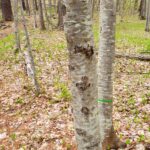 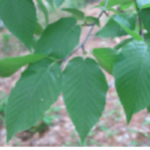 |
Birch
- Gray or “pasture” birch which has black patches and a triangular leaf.
- White birch has a larger elliptical leaf and grows faster, straighter and bigger. Its branches are white and it is more likely to be found in the woods.
- Black or“sweet” birch is common and has a horizontally speckled dark bark. leaves are similar to the white birch. It can be identified by scraping a twig to smell that wintergreen scent. Black birch has catkins with yellow pollen in spring.
- Bloom time: late spring
- Flowers: catkins
|
|
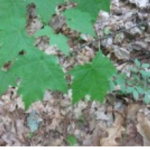 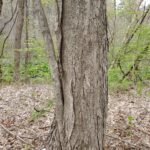
|
Maple
- Sugar maples and red maples are common.
- Sugar maples are usually planted and not often wild. The leaf has a pointed shape with smooth and soft tips.
- Red or swamp maples have a three-pointed sawtoothed shape and are the first to change color in the fall. In the spring the buds and small blossoms are red or orange as are the seeds.
|
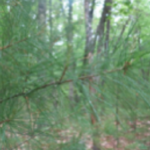 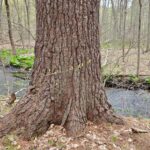 |
Pine
- Eastern white pine has familiar silvery soft needles. There are five needles to a bunch.
- Red pine has needles in twos and is rougher in shape and bark.
- Pitch pine is even rougher, more gnarled, and has needles in threes.
|
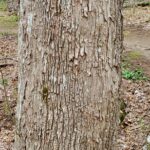 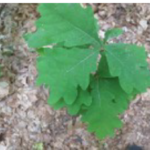 |
Oak
- Mainly black, red, and white oaks are found in the area. The white oak’s acorns mature every year while black and red oak families mature every other year.
- White oaks have smooth lobed leaves and silvery medium roughed bark.
- Black and red oaks have sharp pointed leaves and dark bark.
- The black oak’s leaves are bigger with five points and the red may have seven points.
- In winter, the black oak’s buds have a small white fuzz while red’s buds have a hard reddish, shiny surface.
|
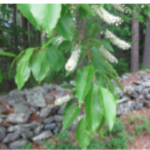 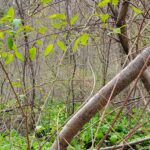 |
Black Cherry
- The black cherry is usually found in old fields. The young bark is red, horizontally speckled, and has a bitter smell. Old trees have a broken, scaly surface.
- Bloom time: April-May
- Flowers: white
- Harvest:August to October
|
























